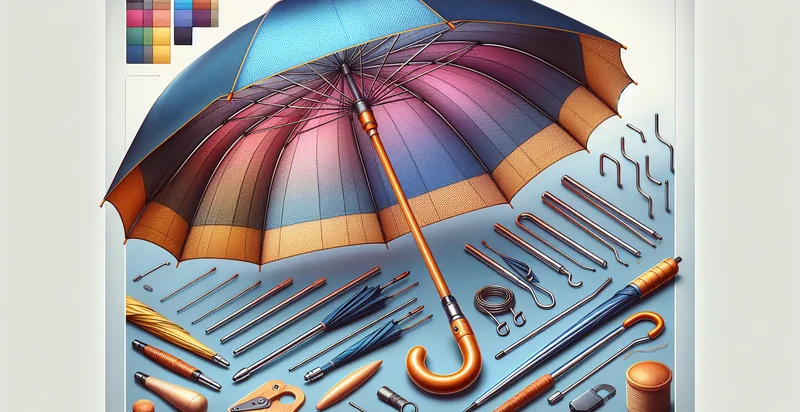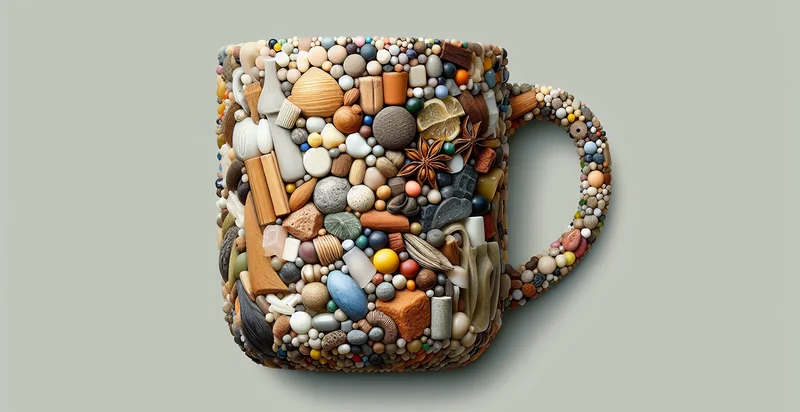Identify what material a umbrella is made from
using AI
Below is a free classifier to identify what material a umbrella is made from. Just upload your image, and our AI will predict what material an umbrella is made from - in just seconds.

Contact us for API access
Or, use Nyckel to build highly-accurate custom classifiers in just minutes. No PhD required.
Get started
import nyckel
credentials = nyckel.Credentials("YOUR_CLIENT_ID", "YOUR_CLIENT_SECRET")
nyckel.invoke("what-material-a-umbrella-is-made-from", "your_image_url", credentials)
fetch('https://www.nyckel.com/v1/functions/what-material-a-umbrella-is-made-from/invoke', {
method: 'POST',
headers: {
'Authorization': 'Bearer ' + 'YOUR_BEARER_TOKEN',
'Content-Type': 'application/json',
},
body: JSON.stringify(
{"data": "your_image_url"}
)
})
.then(response => response.json())
.then(data => console.log(data));
curl -X POST \
-H "Content-Type: application/json" \
-H "Authorization: Bearer YOUR_BEARER_TOKEN" \
-d '{"data": "your_image_url"}' \
https://www.nyckel.com/v1/functions/what-material-a-umbrella-is-made-from/invoke
How this classifier works
To start, upload your image. Our AI tool will then predict what material an umbrella is made from.
This pretrained image model uses a Nyckel-created dataset and has 15 labels, including Acrylic, Canvas, Ceramic, Composite, Cotton, Glass, Metal, Nylon, Polyester and Polyethylene.
We'll also show a confidence score (the higher the number, the more confident the AI model is around what material an umbrella is made from).
Whether you're just curious or building what material a umbrella is made from detection into your application, we hope our classifier proves helpful.
Related Classifiers
Need to identify what material a umbrella is made from at scale?
Get API or Zapier access to this classifier for free. It's perfect for:
- Retail Product Verification: Retailers can use the umbrella material classification function to confirm that the umbrellas they stock match the product descriptions provided by suppliers. This helps maintain product quality and ensures customer satisfaction by preventing mislabeling issues.
- Quality Control in Manufacturing: Manufacturers can implement the classification function as part of their quality assurance processes. By validating that the materials used in production conform to specifications, they can mitigate defects and improve overall product reliability.
- Sustainability Assessment: Organizations focused on sustainability can utilize the classification function to assess the materials of umbrellas and promote eco-friendly options. This not only enhances their brand image but also caters to environmentally conscious consumers, driving sales.
- Insurance Assessments: Insurance companies can use the material identification function to accurately assess claims related to umbrella damage or replacement. This ensures fair evaluations based on the material's durability and expected lifespan, leading to streamlined claims processing.
- E-commerce Listing Optimization: E-commerce platforms can integrate the classification function to enhance their product listings with accurate material information. This value-add helps customers make informed purchasing decisions, thus potentially increasing conversion rates.
- Product Recall Management: In the event of a product recall, companies can leverage the function to quickly identify which umbrellas are affected based on their material composition. This rapid identification process aids in efficient and effective recall actions, minimizing potential liabilities.
- Consumer Education and Awareness: Companies can use the classification function to educate consumers about the benefits and durability of different umbrella materials. Providing detailed information can help customers select the right product for their needs, fostering brand loyalty and repeat purchases.


